The Island
Formentera: the last paradise
Where is it ?
Formentera is an island in the Mediterranean Sea that is part of the Balearic archipelago. It forms the Pityusic Islands with Ibiza, separated by only 2 nautical miles (about 3 km). Formentera is the Balearic Islands’ smallest inhabited island (83.2 km2), with a unique indented shape and a long stretch of coastline (69 km) filled with beaches, coves, and curious coastal nooks and crannies. It has a very flat profile, with the highest point being Sa Talaassa in the Mola plateau, which is only 192 meters above sea level.
Formentera can brag about having some of the best beaches in the world and being free of ruthless coastal urbanizations.
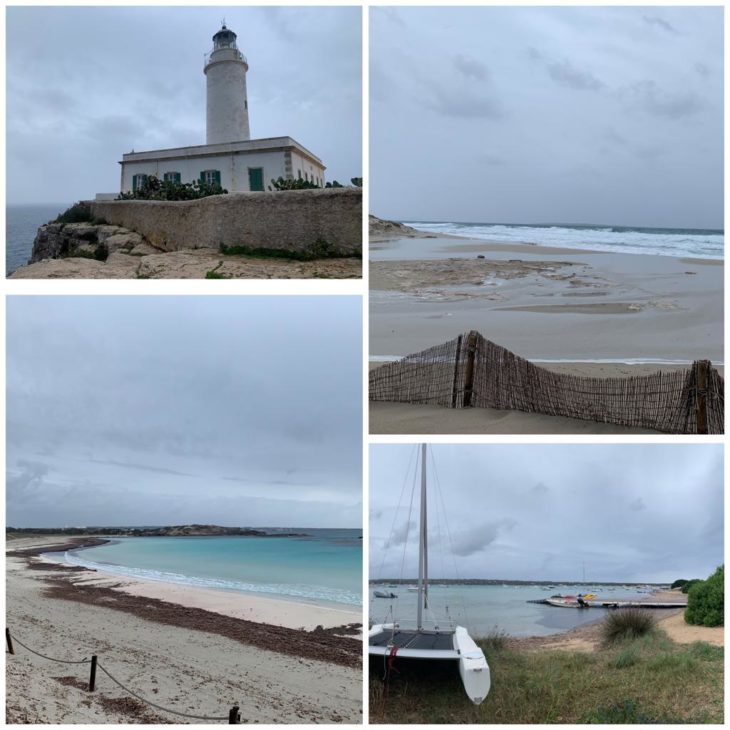
On the way around the island
Despite its small size, Formentera has a plethora of eco-routes that can be done on foot or by bicycle away from the tourist traps and bring visitors closer to the island’s most virgin, natural, and genuine side. One of the most interesting is the one that runs from Es Caló to Punta Roja, passing through El Pilar de la Mola.
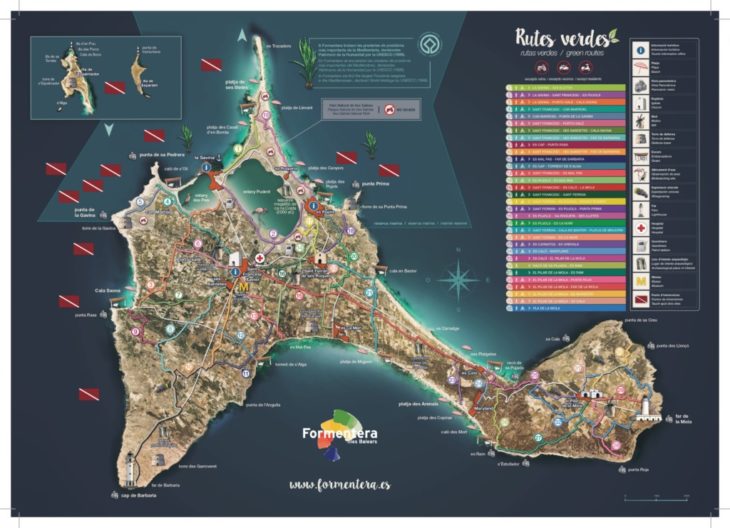
Flora and fauna. Natural Park
Formentera’s forest landscape is composed of pines and junipers, while the coast’s beaches and lagoons are surrounded by dunes and shrubs. Under the sea, one of the essential components of this ecosystem, the Posidonia, a marine plant without which this island would not exist, can be found. More than 210 bird species have made their home on the island, either permanently or as a stopover on their long migratory journeys. Furthermore, the colorful native lizards are one of the island’s most distinctive animals and can be seen basking in the sun all over the island. In short, Formentera in general, and the natural park in particular, are must-see destinations for those interested in learning about the Mediterranean and its diverse biodiversity.
Punta de Sa Creu Marine Reserve
Posidonia
Es Freus Marine Reserve
Ses Salines Natural Park
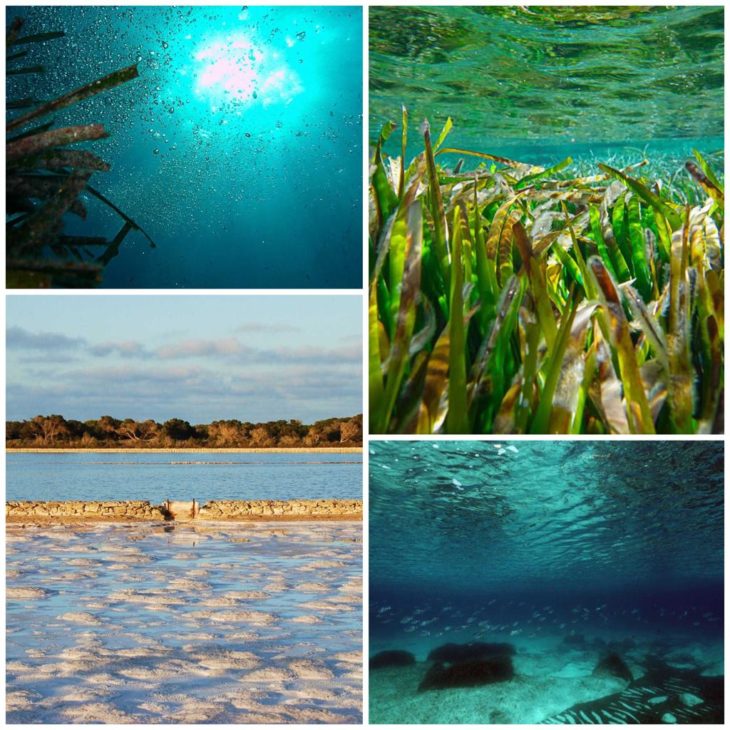
Posidonia has power
Threats to Posidonia
The mooring of many ships that sweep the seabed with their anchors and chains.
Marine pollution, mainly from land sources, such as wastewater treatment plants, which produce turbidity and prevent light from passing through, making it difficult for the plant to survive.
Discharge of bilge water (wastewater, oil and hydrocarbons) from all types of ships.
The extraction of sand and dredging in the ports, docks and piers of the coast.
The presence of invasive species such as Caulerpa taxifolia that are gaining ground on Posidonia.
Fishing practices that destroy the seabed.
The increase in water temperature with climate change.

Save the last Paradise !!!
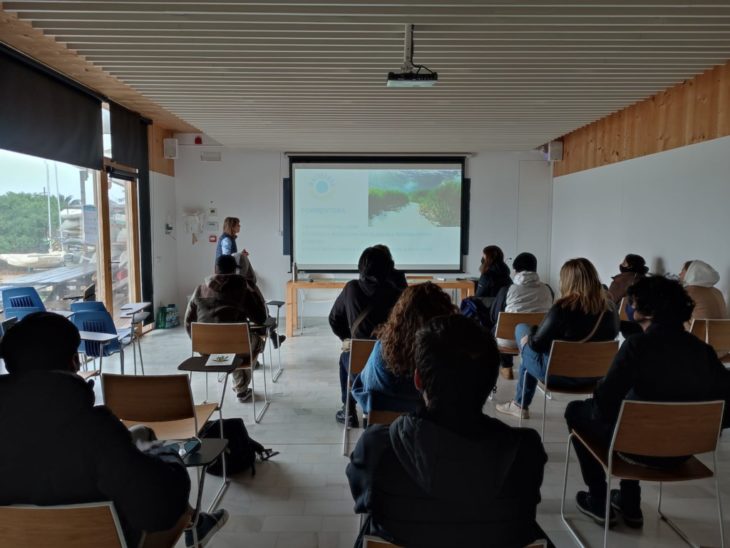

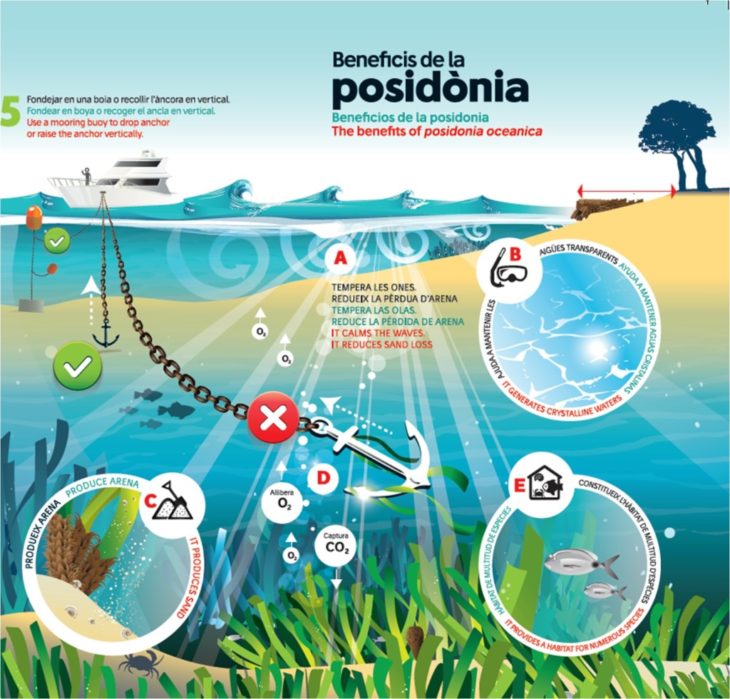
Conservation measures currently implemented in Formentera
1. Regulation with ecological buoys
2. Anchoring assistance and surveillance service
3. Increase in the fleet of surveillance boats for 2017
Formentera: Community and Ecologyis a project of IAAC, Institute for Advanced Architecture of Catalonia developed in the Master in Advanced Architecture 2020/21 by Students: Divya Shah, Harshul Goti, Vishakha Pathak ; Faculty: Mathilde Marengo, Willy Müller, and Student Assistants: Adriana Aguirre Such, Margherita Pasquali